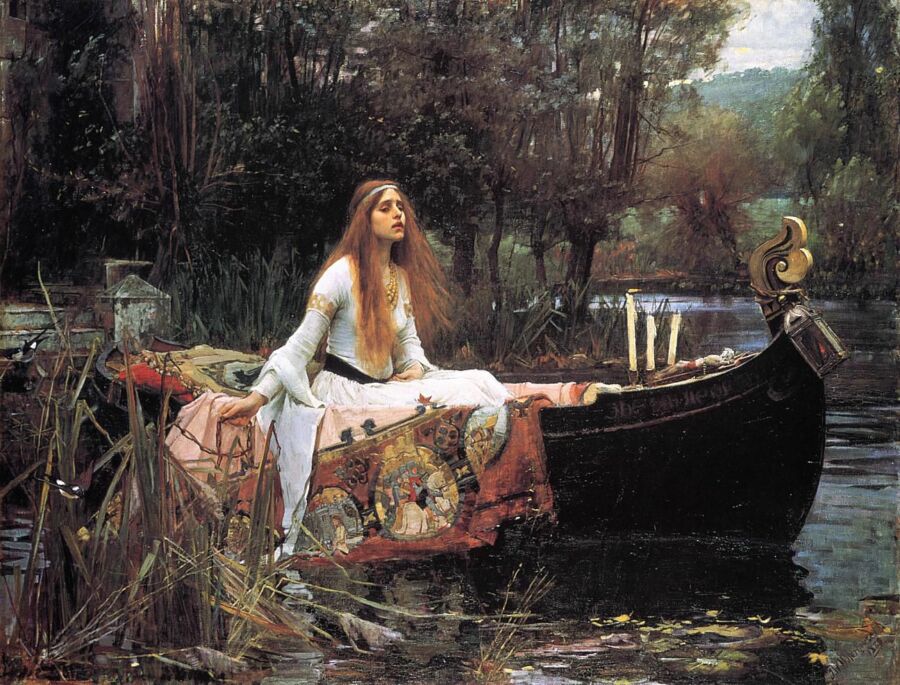
As Europe begins to reopen to travelers, it is more exciting than ever to contemplate the rich culture that awaits them. For me, one of the joys of traveling is meeting in person unique works of art, which I have collected in the book 100 great masterpieces of Europe . This is one of my favorites:
The tortured face of this woman immediately made it clear that this image, despite its stunning beauty, did not tell an interesting story. Our Lady of Shalott knew she was floating in the river until her death.
British artist John William Waterhouse describes the dramatic conclusion of a legend. The Lady of Shalott spent her entire life in a castle near Camelot, which King Arthur even forbade to look out on under pain of death. He can observe the world only indirectly through the reflection in the mirror. But one day a handsome knight came, Lancelot. He was so in love that she broke the rules and looked him straight in the eye. Now, on his trail, he takes a boat, frees the chains and sets out into the unknown to find his lover at any cost.
The view of the river - the reeds, the muddy water, the gloomy weather, even the birds in flight - shows the eerie beauty of the moment. Miss Shalott glowed brightly, her white dress and red hair sparkling against the dark background. Waterhouse focuses on sexier details like soft feminine hair, pearl necklaces and slightly ruffled skirts and bow sleeves. As for the woman's face, he painted his wife himself. The colors - red, green and blue - were as bright, clear, bright and shiny as the stained glass windows.
The overall appearance looks medieval, but it is painted in the industrial age when Britain was a leader in new technologies such as electricity and railways. As Victorian England progressed, its artists looked to the past. Waterhouse was inspired by a group of British artists known as the Pre-Raphaelite Brotherhood, who painted medieval maidens and mythical lovers with eerie beauty.
Pre-Raphael didn't like to overdo it. Therefore - even in the midst of great tragedies, emotional and moral problems - this woman does not raise her eyebrows. But the position speaks volumes. Night falls and heralds the fate of darkness. The first autumn leaf fell and fell near her lap. She wore a luminous rug that she had woven captive to the fantastical world views of comfort she had known before. Now he was guided only by a faint lantern in the prow, a small cross to strengthen his faith, and three faint candles: only one of them was burning.
Victorians of all ages know this romantic story (it is also Tennyson's best-selling poem). Everyone can read their meaning in the image. Despite the danger, he followed his heart. She takes risks to find intimacy, love and sex, even at the expense of herself. Her expression is a mixture of fear, hope, vulnerability and the knowledge that whatever happens is her destiny.
Leave the chain. Then Tennyson wrote: "like a brave soothsayer in joy", he walked "on the mysterious river". According to the legend, Our Lady of Shalott sailed from a boat and landed on the beach of Camelot, Lancelot saw her and took pity on her. Damn to see the world as it is.

